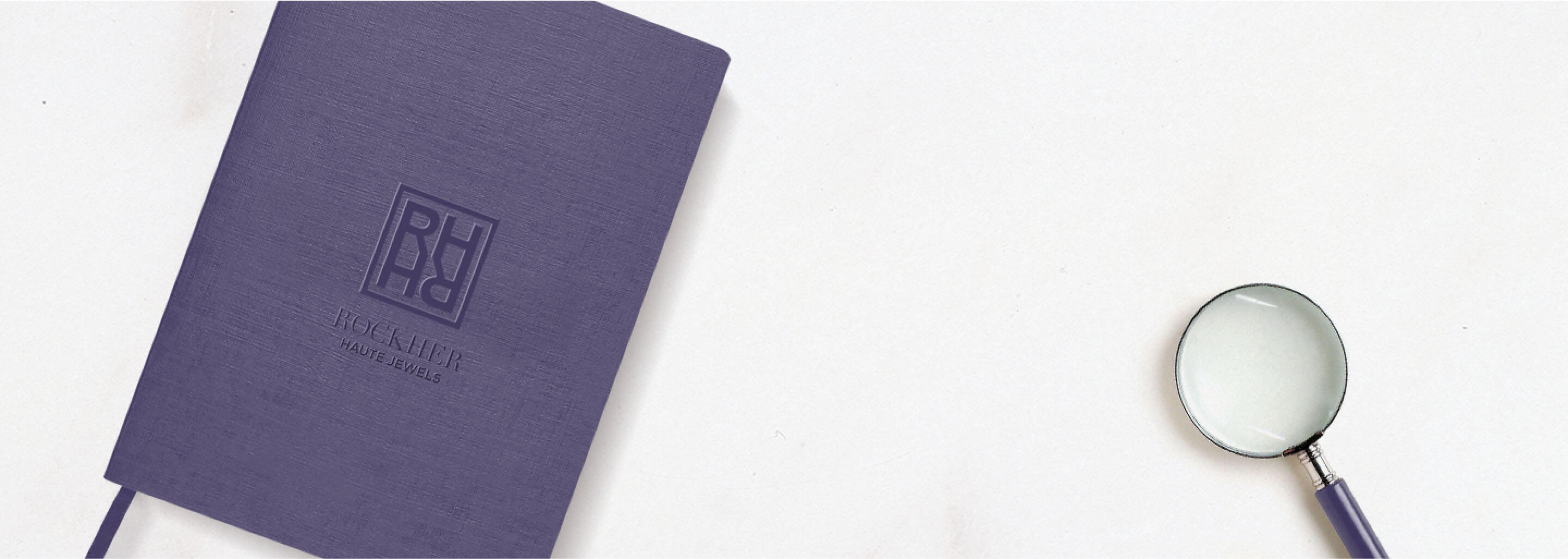UNDERSTANDING DIAMOND CLARITY AND VALUE
Every diamond you ever see has travelled far to get to you. That’s because natural diamonds formed a billion years ago about 100 miles below the surface of the earth, crystallizing under enormous heat and pressure
To get to the surface, they went express, hitching a ride on a passing volcano. Only the hardest material on earth could take a vacation in an eruption of molten rock! Diamonds carry souvenirs of their travels inside their structure: microcrystals from the deep earth, tiny cleavages from the pressure, and atoms from earth’s mantle that were trapped inside when the gems crystallized.
These remnants of the past inside each diamond are called inclusions. The pattern of these tiny characteristics is so unique, it’s like a fingerprint. In fact, the Gemological Institute of America has been able to return stolen diamonds to their owners based only on their inclusions.
Inclusions (and surface features) are also the basis of a diamond’s clarity grade. The Gemological Institute of America has six main clarity grades for diamonds with eleven steps in the scale from flawless to very, very slightly included, very slightly included, slightly included and Included.
To evaluate diamond clarity, graders examine diamonds under 10x magnification and determine the number, size, relief, nature, and position of inclusions and whether they affect the overall appearance and durability of the diamond.
While no diamond is perfectly pure, the closer it comes, the higher its value. It’s really rare that a diamond is graded flawless, with no inclusions or surface features visible under 10x magnification. But diamonds with only a few tiny features you can see under magnification are rare too. That’s why there are so many clarity grades for diamonds: at the top end of the scale, the distinctions are subtle. Diamond graders don’t just look at the number and size of inclusions but also where they are located.
Which clarity grade you want for your diamond engagement ring? You don't need to pay the premium for a flawless or internally flawless diamond engagement ring. Remember, clarity is graded under magnification. The minute inclusions in the top few clarity grades are so small that they don't affect the way a diamond handles light.
At RockHer, we most often recommend diamonds with VS2 clarity grades. Diamonds that are graded VS2 have minor inclusions that range from difficult to somewhat easy to see for a skilled grader using 10x magnification.
You won’t see the inclusions in a VS2 diamond with your naked eye. And you definitely won’t see them when your VS2 diamond is set in an engagement ring. That’s why VS2 diamonds offer you the best balance of beauty and value.
Buying a diamond that has a lower clarity grade but still no eye-visible inclusions will leave more money in your budget to buy a larger, more beautifully cut diamond.
There are a few exceptions. If you are buying an emerald cut diamond or Asscher cut diamond , with long flashing facets, we recommend you upgrade to a VS1 diamond. You are more likely to notice inclusions in these diamond cuts, called step cuts. You may also want to upgrade to VS1 if you are buying a diamond above 2 carats or above, since inclusions are evaluated in proportion to size. Bigger diamonds can have bigger inclusions in the same clarity grade.
On the other side, if your budget is limited and you are buying a round brilliant, you may want to consider SI1 diamonds , as long as its inclusions are not dark or located in the center of the diamond.
Our diamond-picking artificial intelligence ROSI automatically takes these factors into account when searching for a diamond with the best possible combination of quality and value. Ask ROSI to find the best diamond for your budget and you’ll be sure to get the clarity grade that is best for you.

